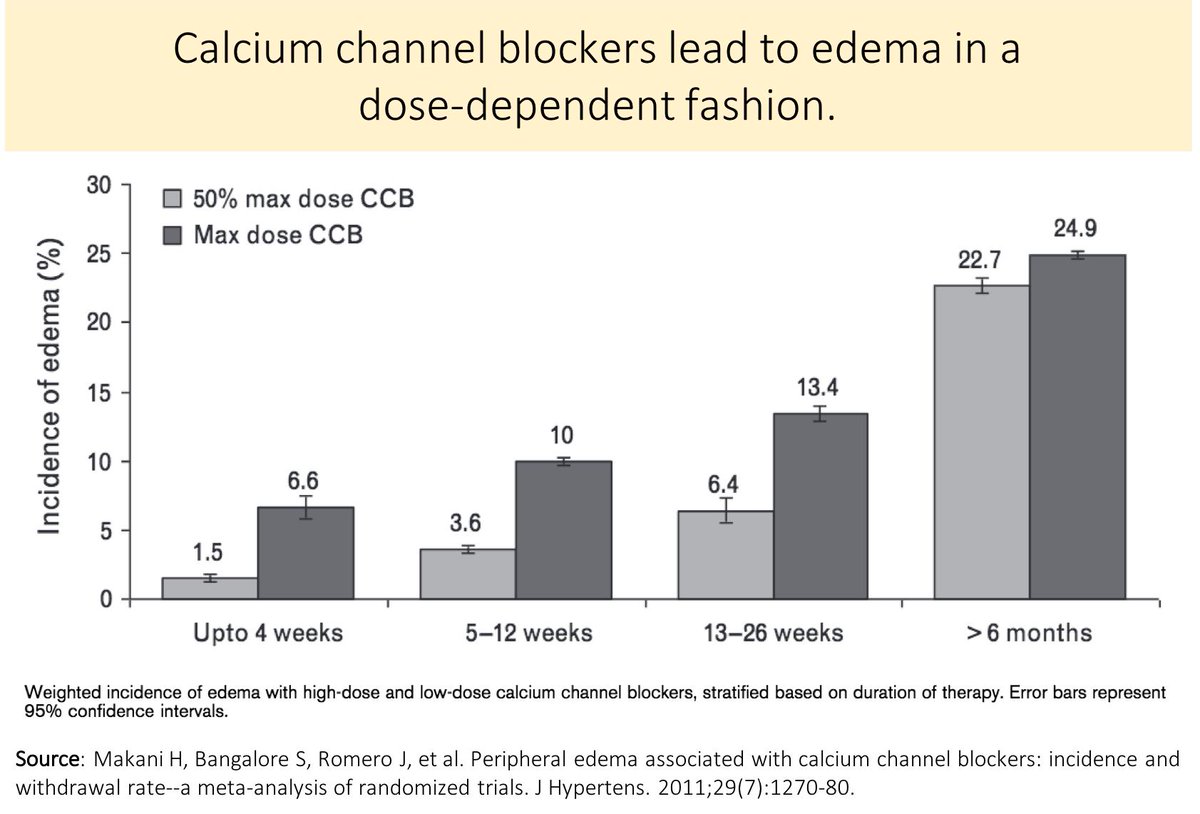We can turn this into a mathematical model that will predict the optimal size of a network, and the point beyond which network defects dominate.
Odlyzko argues that it’s more like N log(N), as most nodes don’t contribute value to other nodes.
But neither model predicts a network size beyond which utility declines.
Specifically we look for the point at which a coalition can achieve a better payoff from defecting than by collaborating with all other players. en.wikipedia.org/wiki/Cooperati…

At small scale, salary is low while equity stakes & upside are both high. At large scale, these flip.
At a certain point coalitions may form to gain more salary at expense of others, vs playing for upside.
Idea is that if there isn’t much shared upside remaining because the entity is mature, it may be economically rational for 51% to vote themselves more salary at the expense of 49%.
The presence of global shared state and statistics (likes, followers, BTC) is what turns a tool into a game. You can now win or lose.
It’s complementary to daily management. Alignment is why people do things even without assigned todos.
1) Incentives: shared economics
2) Inheritance: shared genes
3) Ideology: shared beliefs
Respectively quantified by game theory, Hamilton’s rule, and ideal point estimation.








